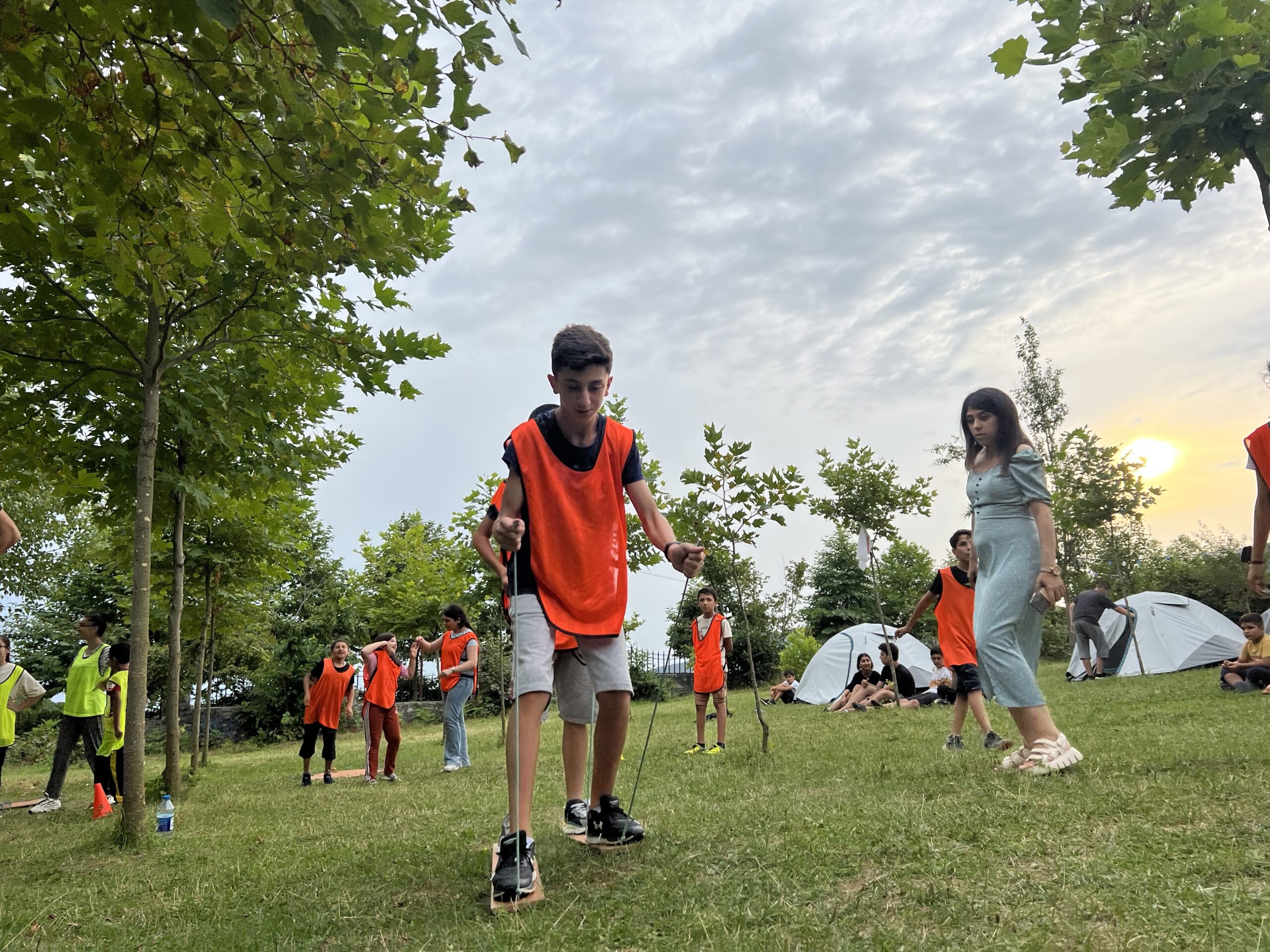A camp is a place of residence consisting of facilities such as tents. Time spent outdoors separates camping from day trips, picnics, and other short-term recreational activities.
Camping as a recreational activity became popular in the early 20th century. Over time, it gained popularity among other socio-economic classes. Modern campers often use public natural resources such as national and state parks and nature reserves. Camping is an important part of many youth organizations around the world, such as scouting.
The camp is often used by backpackers and trekkers. Canoeing, climbing, fishing and hunting, fastpacking and running can also be used.
The first inventor of the holiday camp was the English travel tailor Thomas Hiram Holdings. Probably the first commercial camp in the world was Cunningham Camp near Douglas, Isle of Man, opened in 1894. In 1906 the Cycling Camps Association opened its first camp in Weybridge. Camping in the United States can be traced back to William Henry Harrison Murray's 1869 publication of Camp-Life in the Adirondacks.
Common camping types include canoe camping, hammock camping, scout camping, military camping, summer camping, car camping, and others.
The equipment used in the camp varies according to the intended activity. For example, in a survival camp, equipment consists of small items intended to provide food, warmth, and safety. Equipment used in these types of camps should be light and limited to essential supplies.
Other types of camping, such as winter camping, include tents or specially designed clothing in terms of clothing that is strong enough to protect the body of the campers from wind and cold. It includes bedding, sleeping bag, bedding, blanket, throw pillow, pillow, quilt, various furniture, sleep survival kit and other activities. Rubber gloves, rubber boots, raincoats, germicidal wipes, thermos, foil, pocket knife or halazone tablets (water purifier) should also be included in the survival kit. Candles and lamps are good for keeping a fire going, as well as for indoor heating. Bandages and medical bags are also mandatory in such camps. Garbage bags, lunch boxes, walking sticks, hiking boots, trash bags, ropes, folding chairs, flashlights, axes, hammers, and saws are also included in the list of common hiking supplies.







